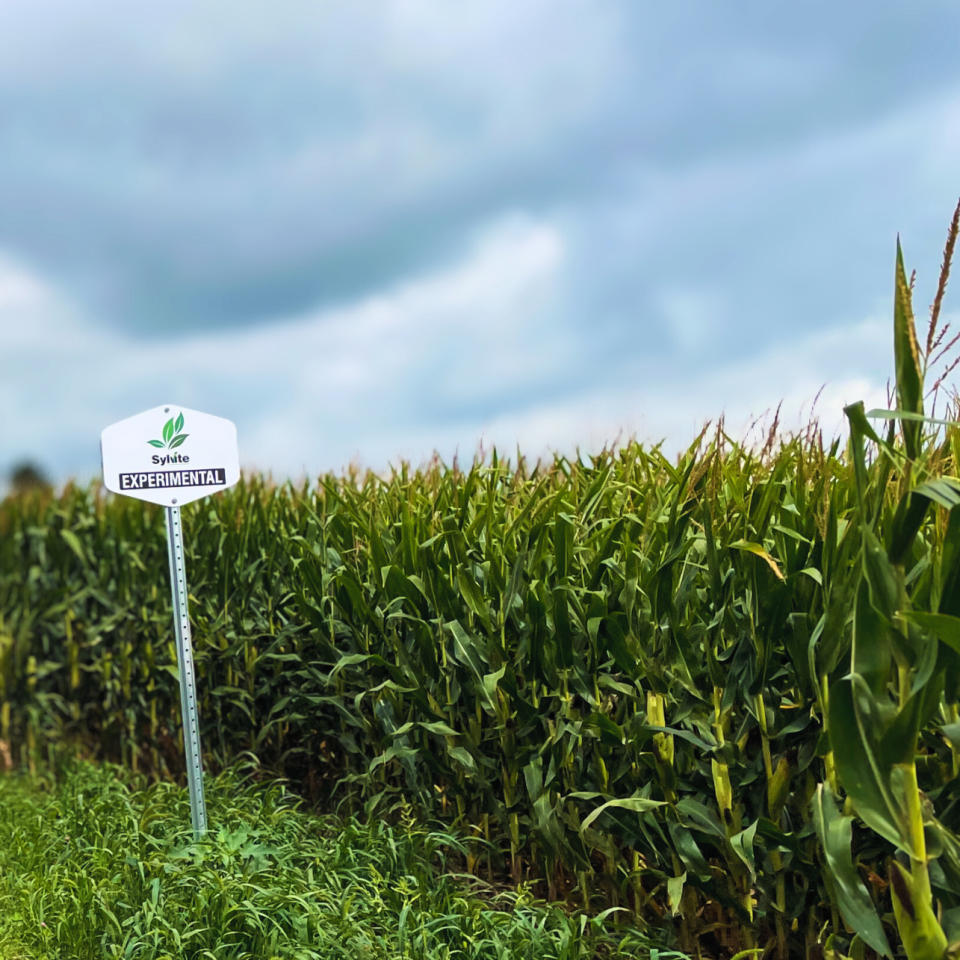
By Jeremy Johnson, Sylvite
Who turned off the tap? Crops across the province are experiencing drought conditions; adding in the heat wave and the corn resembles a pineapple! Corn fungicide passes are wrapping up and with the dry weather, pathogen pressure should remain relatively low. All we need is for the weather to cooperate with us to get the corn past the finish line! A watch out for corn-on-corn growers; resistant rootworm populations have started popping up stressing the importance of crop rotation to help manage crop pests. If you planted a trait stack that should have controlled western and northern rootworm, yet the rootworm seems to be thriving you may have a resistant population.
IP soybean growers who have struggled with weed management this year should start planning for a preharvest burndown where necessary to aid in a smooth harvest. All soybeans are starting to see levels of soybean aphids and spider mite populations rise. This time last week there were many fields across Ontario that had little or no aphid pressure. The economic threshold for applying insecticides is 250 soybean aphids per plant on 80% of plants and today some of those same fields are nearing or surpassing the threshold. It is not a decision that can be made from the seat of a pickup truck driving along at 60 km/h. It takes a walk into the field turning over leaves and counting aphids on both the leaves and the stalk. Also, if you are noticing some aphid pressure, it is extremely important to make regular field walks as the populations can explode quickly in these hot dry conditions. There are some beneficial insects that will help control aphid populations which is why it is important not to spray an insecticide before reaching thresholds as they may be able save you the cost of the insecticide. However, generally in times of hot and dry weather like we are currently having, beneficials cannot keep up with the exploding aphid populations. Spider mites also take a closer inspection to verify population numbers and affected areas. Economic thresholds on spider mites is different than soybean aphids and the decision to treat needs to consider many factors that an agronomist can help with. Contact your local Sylvite branch today to have a representative scout your soybean acres and help you create a plan.
A lower winter wheat crop price always raises the question of whether to plant winter wheat or not. The reality is that on average we receive 3-5% and sometimes up to 10% yield increase in the corn crop following a wheat crop. The added corn yield generally will pay for any decreased revenue in the year with wheat. Plus, add the bonus to soil structure from having a different root system in the ground, supporting the soil microbiome not to mention the positive effects of having a growing crop essentially year-round. Also, there is a decreased seed bank population of resistant weeds. Ontario is truly a rare gem as we have been able to stave off many resistant weed species with the addition of winter wheat into the crop rotation. Our neighbours to the south, which are typically a corn-soy rotation, continue to have more frequent/severe instances of resistant weed species. Resistance is coming to Ontario, but it is a slower process. With winter wheat in the mix, we do not rely as heavily on group 2 and group 9 chemistry, hence we are able to keep the population of group 2 and group 9 resistant weed species lower than corn-soy rotations. Long story short, keep winter wheat in the rotation!
Contact your Sylvite representative today to schedule a field scouting or rotation planning consultation — and make sure your crops finish strong this season.